Interpretive, Interpersonal, and Presentational Modes of Communication
Exploring Culture
In Unit 6 on Contrasena, I learned about the LGBTQ+ community in different Spanish-speaking countries. I discovered that countries like Bolivia, Cuba, Honduras and Paraguay equal marriage is constitutionally prohibited. However, in countries like Argentina, Chile, Ecuador, and Uruguay equal marriage is legal.
Although gay marriage is legal in America, people in the LGBTQ+ community still fight to be seen and respected, similarly to how equal rights are sought after in different countries. It was surprising reading that it’s legal in only four countries as I thought it was more than that. It is important to see how this community fights for their own rights all over the world and not only in America.
In this screenshot, I further explored legal marriage by reading about couples and their experiences living in the United States, Cuba, Paraguay, and Argentina.
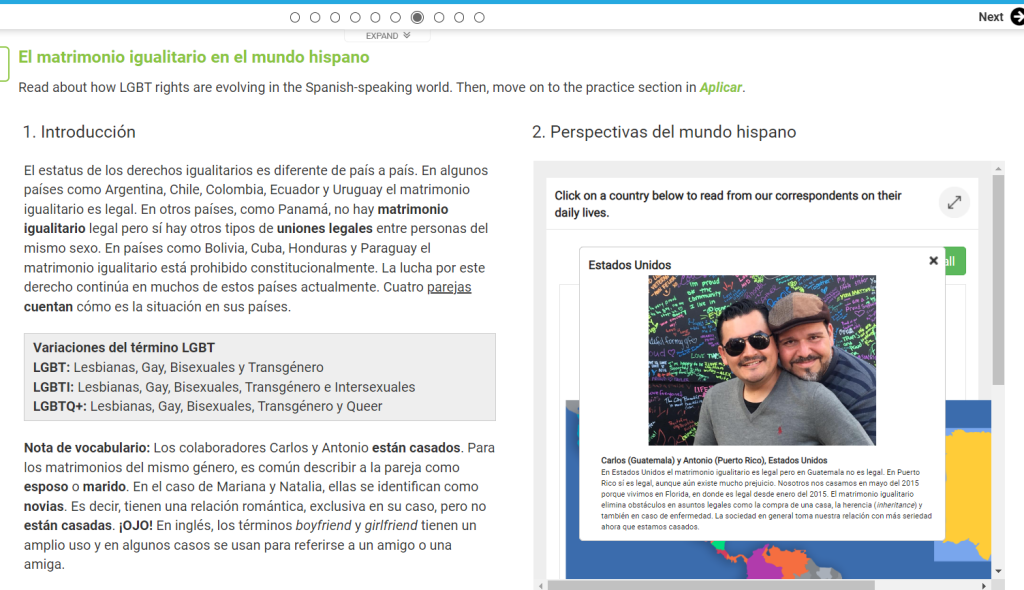
Engaging in Communities
To engage in your immediate and global community means to learn and explore your interests and values with others. By joining clubs, volunteering, and interacting with those around you is healthy and can help you build better connections.
As a Theatre major, engaging with my community and peers is important to further practice my art. This semester I have joined The Starving Artists (TSA) and Alpha Psi Omega (APO). These are theatre clubs at ODU where a love of theatre is celebrated. Events such as study nights, improv game nights, and more are hosted to create better relationships with peers and friends. I feel it is valuable for me to join a bigger community where my passion for acting is shared.

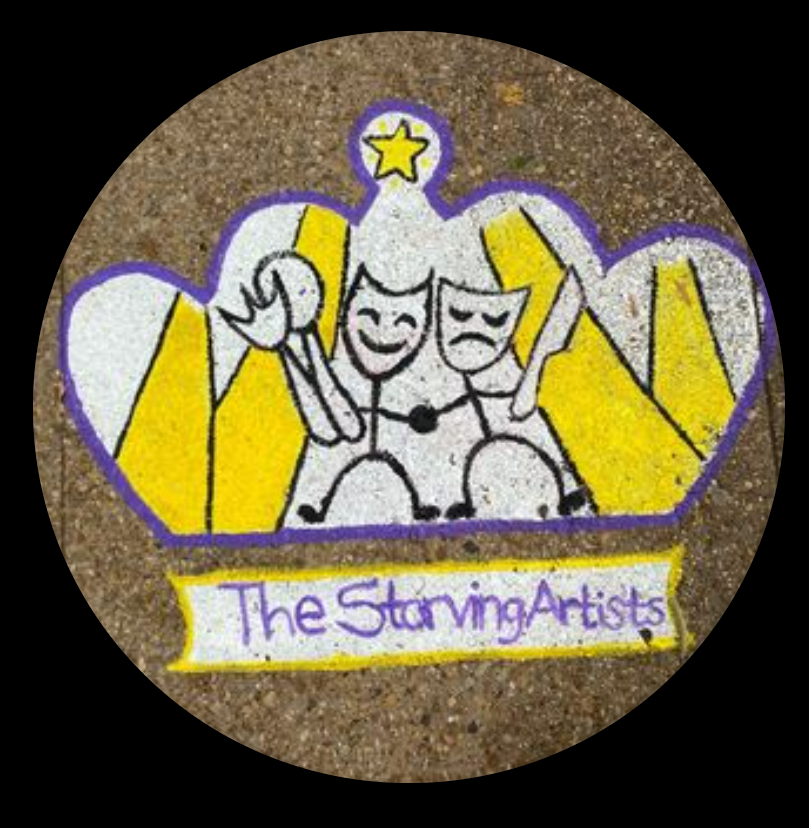
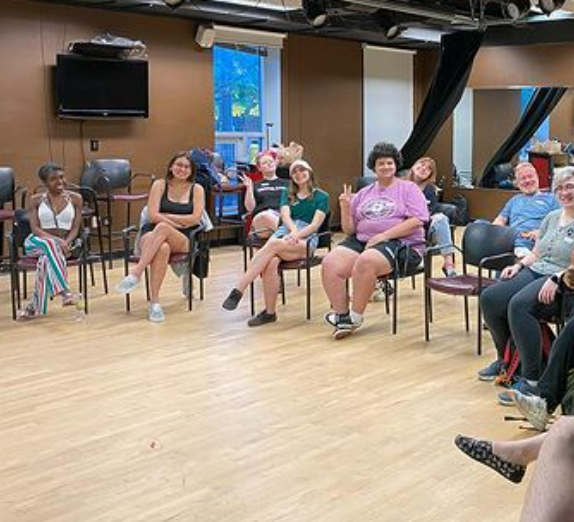
Interpersonal Communication
I had to make a video about my family and about a recipe I made. I had to discuss my family members and their personality traits. I enjoyed making my video and putting pictures together in a slideshow. I learned and practiced different ways of introducing another person, how to describe them, and talk about their likes/dislikes. It was difficult finding other adjectives to use, but I used the vocab lists on Contresena to help.
Another video I had to create was about a recipe and I had to show a tutorial on how to make it. I chose to bake peanut butter cookies. This was challenging because I had to learn new verbs and words to describe what I’m doing and what ingredients I was using. Remembering what I wanted to say was difficult as well. This video took me a while to film, but I think it came out good! The cookies looked nice and were delicious! Next time I would make sure to study verbs and adjectives even more.
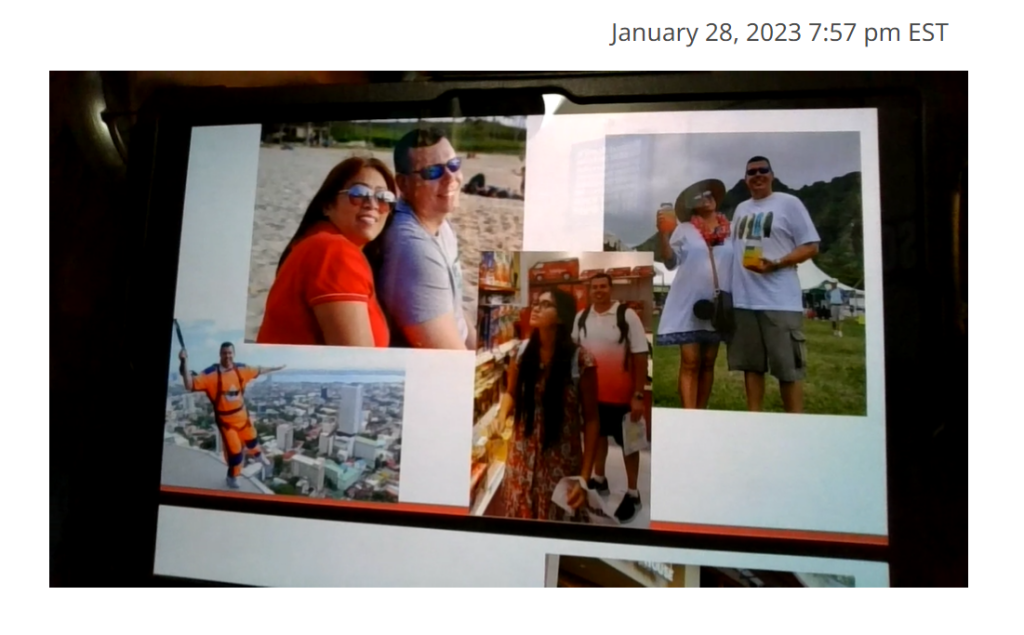
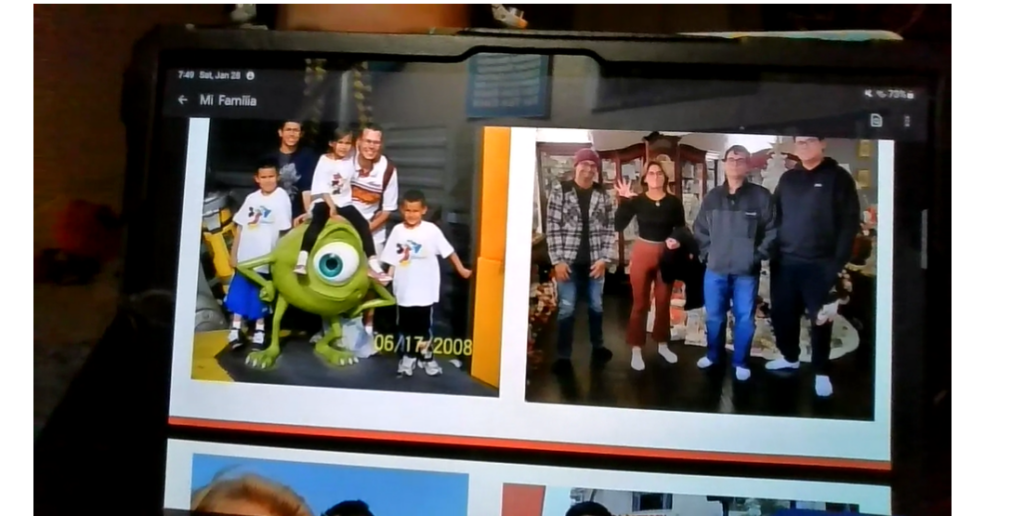

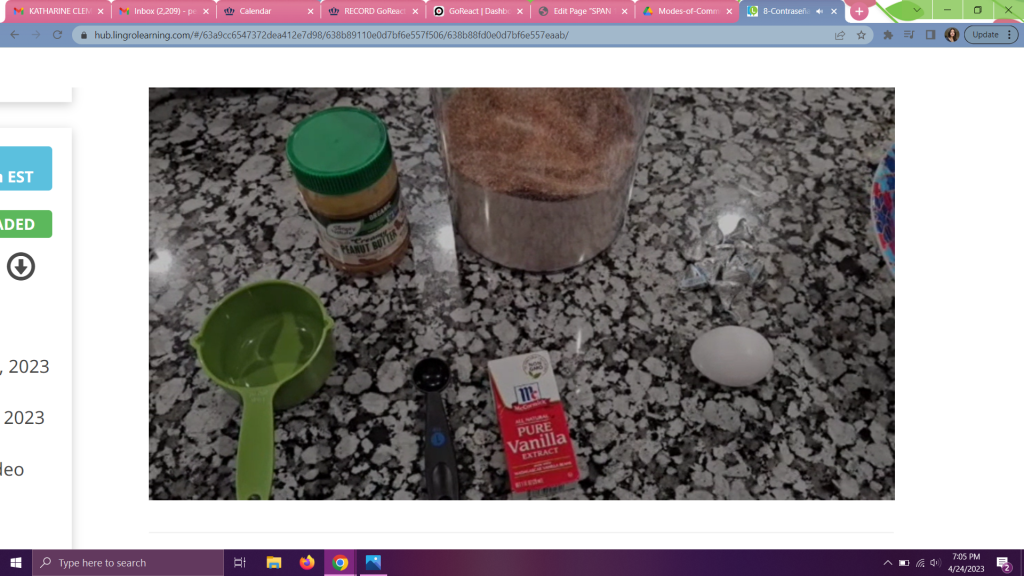
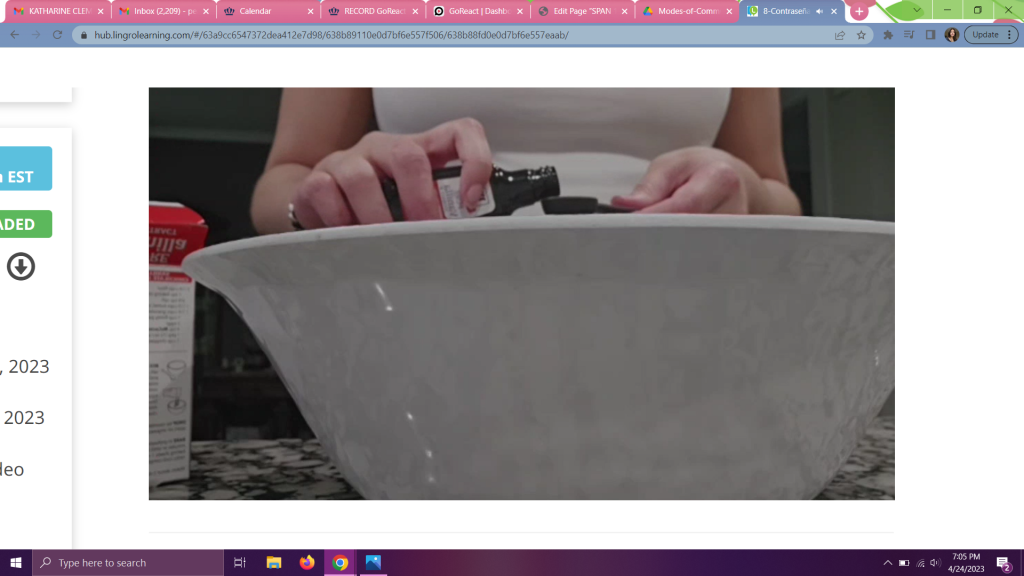

Presentational Speaking
For my first TalkAbroad, I had to speak to a person from a different country about my family for about 10 minutes. I had to talk for most of the conversation as well as ask them questions about the topic.
I think I did pretty well during this conversation. I was able to keep the conversation flowing with no long pauses. The person I chose to speak with was Stephany from Mexico. She was really kind and easy to talk to. I had trouble at some points with grammar and remembering how to say certain things, but she would help me out and type what I was trying to say in the chat. After this conversation, I made sure to prepare better by reading and studying my answers to questions I might be asked. Overall, Stephany made this experience easy and not stressful at all which I appreciated. It was interesting learning about her family and life in her country. I liked her so much that I even talked with her again for my second conversation! Here is part of my TalkAbroad workbook where I prepared and reflected on this conversation:

Presentational Writing
I had to write an infographic of about 150 words advocating for an aspect of mental or physical well-being. It needed to include a title, a catchy introduction, an interesting fact, at least five suggestions to treat the condition, at least five reflexive verbs, local resources where students can ask for help, and sources of data.
I chose to my write my infographic about depression. It was easy for me to choose my suggestions and corresponding pictures. However, it was difficult for me to write using reflexive verbs, but I used handouts that my Professor gave me and my notes to guide my writing. I think it turned out really nice, but I could have definitely studied Spanish phrases from this unit more.
Revised-Spanish-Infographic-1Interpretive Listening
A listening activity that we had to practice this semester included how to pronounce certain words. On Contrasena, we had to first read about how p, t, and k sound when you say them and how they are spelled. I was able to listen to the examples listed and say them out loud to help me. Personally, I had the most trouble pronouncing the “t” because it is different than how it is pronounced in English. However, I was able to overcome this challenge by repeating the audio of each letter and completing the activities as practice.

Interpretive Reading
An interpretive reading activity I did during class was reading this article about finding the right profession after graduating college. At the Professional Guidance Center, a student discussed many different courses they took such as math, science, Spanish, and psychology. Next, stories from professionals that graduated are stated to help this student understand that what you study in college is not always the career you end up in after. One decided to pursue a career in physical therapy, one a bilingual teacher, another a financial advisor, and a lawyer/judge. They all explained what they studied in college and what they do at their current job. This story was difficult to read at times because I did not understand certain phrases and verbs. Reading this article together as a class helped because my Professor translated what we did not know already.


Contrasena Unit 10